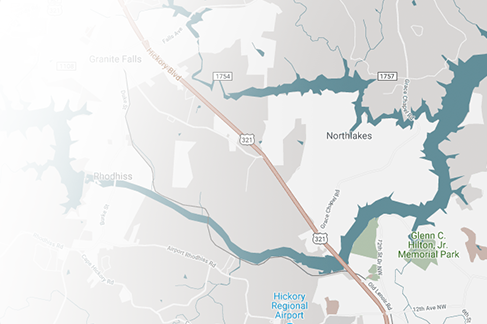Cysts can be concerning, mainly if they occur in an area of your body that is easy to see and causes discomfort. If you’ve noticed a cyst on your wrist, you may have wondered what it is and if there’s any reason to worry.
In this blog post, we’ll discuss the facts about a cyst on the wrist – what it could mean for your health, how it can affect your day-to-day life, and when to seek medical attention.
Cysts on The Wrist Are Usually Harmless
Ganglion cysts on the wrist are a common occurrence that most people don't need to worry about. These lumps are generally not cancerous and are mostly harmless, making them inconvenient for those who experience them.
Ganglion cysts develop in various locations but tend to appear most frequently on the wrist. While some people may choose to have these growths surgically removed, leaving them is the best approach.
Causes of Cysts on The Wrist
Despite being a relatively common condition, the exact cause of ganglion formation remains unknown. Characterized by a small, fluid-filled sac typically found near a joint or tendon, ganglion cysts appear most frequently in individuals between the ages of 15 and 40, with women more likely to be affected than men.
Interestingly, gymnasts are particularly prone to ganglion cysts due to the repeated stress applied to the wrist.
Additionally, mucous cysts, which develop at the end joint on the nail side of a finger, are typically associated with arthritis in the finger joint and are more commonly found in women between 40 and 70 years old.
Though ganglion cysts are generally harmless, it is vital to seek medical attention if they cause pain or interfere with your daily life.
Nonsurgical Treatment
When faced with a ganglion cyst, initial treatment typically involves non-invasive methods. Surgery or other invasive procedures may not be necessary, making it a welcome relief for many patients.
Nonsurgical treatment can include various approaches, such as pain relievers and ice packs, to help alleviate any discomfort or swelling associated with the cyst.
In some cases, we may recommend a brace or splint to help support the affected area. By approaching the problem in a careful and calculated way, nonsurgical treatment can be effective for many individuals seeking relief from ganglion cysts.
Surgical Treatment
In some cases, a ganglion cyst may persist despite nonsurgical treatment. When this occurs, your physician may recommend surgery to alleviate your symptoms.
During the procedure, known as excision, the cyst is removed, and the root of the cyst is addressed by removing part of the joint capsule or tendon sheath as necessary.
Although surgery is effective, there is still a possibility that the ganglion may return. If your physician has recommended surgery, it's important to discuss any concerns or questions you may have so that you can make an informed decision about your treatment options.
Outcomes
Ganglion cysts can be a nuisance but rarely result in permanent disability. However, if these cysts persist and cause discomfort, surgical options are available.
Surgery is known to yield positive outcomes for those who require it. Even in the rare case that the cyst returns post-surgery, patients can undergo revision surgery for removal.
The good news is that most patients report significant relief of symptoms after surgery. If you are experiencing symptoms from a ganglion cyst, rest assured that reliable surgical solutions are available to get you back to life without discomfort.
Patient care is at the heart of everything Prime Surgical Suites does. Our dynamic group of expert physicians leads the way by providing advanced techniques and facilities, an enlightened approach to affordable treatment and care, and a profoundly personal connection to everyone we care for. Contact us today to schedule an opportunity to learn more.
.png?width=200&height=63&name=Prime%20Surgical%20Suites%20Logo-FINAL%20(REV_2_19).png)






